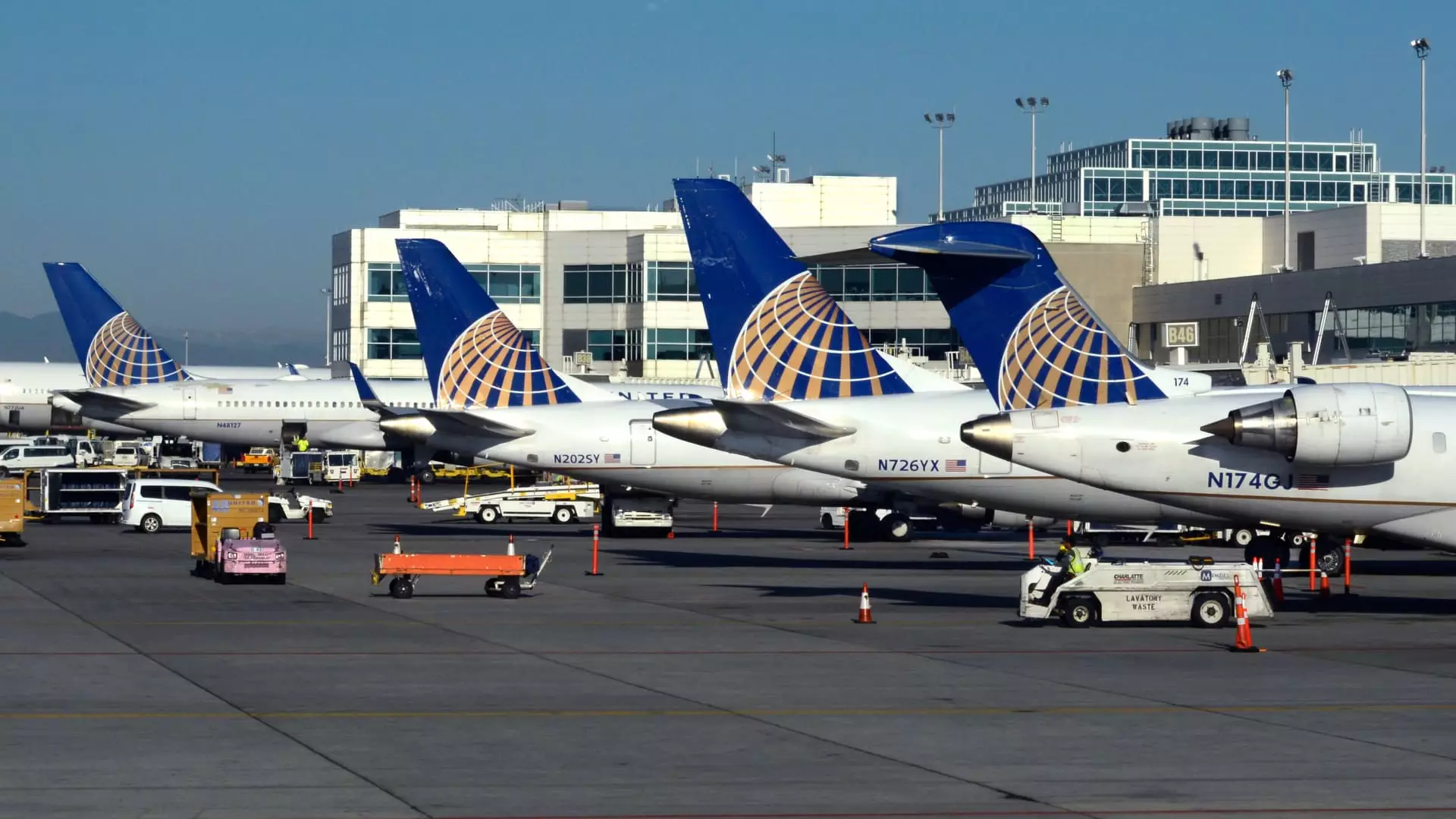United Airlines has taken a bold step by raising the fees for both its airport lounge memberships and co-branded rewards credit cards. This move begs an important question: how far are consumers willing to go for travel luxuries that have become almost essential? While Richard Nunn, the leader of United’s MileagePlus program, insists that the increase balances with enhanced value, this assertion falters when scrutinized through the lens of consumer dissatisfaction. As airlines across the spectrum inflate prices for everything from luggage to lounge access, the notion of travel as a premium experience while being consistently subjected to price hikes feels contradictory and frustrating.
The Beauty of Minimalism or the Trap of Consumerism?
In a world where experiences reign supreme, United Airlines is hinting that getting more for less might not be feasible or desirable. The introduction of new perks—such as rideshare credits and flight discount offers—seems appealing on the surface but leads to the underlying implication that passengers must be prepared for ongoing increases in costs. This dynamic is part of a broader trend in the airline industry, where the definition of value is continuously manipulated. The fundamental principles of consumerism should, at their core, reflect genuine user experience improvements, rather than serving as facades to justify constant price hikes.
Starving the Lucrative Lounge
As airport lounges, once a sanctuary for weary travelers, evolve into exclusive sanctums for the elite, United’s decision to heighten entry requirements adds another layer of exclusion. Instead of fostering loyalty through ease and accessibility, United appears to be capitalizing on its burgeoning loyalty memberships, with 17 million new subscribers clamoring for an increasingly limited luxury. The irony lies in having more members wanting access to these lounges while simultaneously restricting that very access, which might alienate the growing base that these airlines should prioritize.
Numbers and Notions: Profit Over Passenger Satisfaction?
These recent shifts come against the backdrop of United’s financial landscape. The $3.49 billion uncovered in the latest annual filing reveals a company thriving primarily on loyalty revenue—a far cry from passenger-centric growth. While it’s fine for companies to pursue profit, the ambivalence towards peddling perks while raising barriers creates a dissonance that could haunt brand loyalty over time. When business needs to prioritize passenger satisfaction over cold, hard cash, it’s a debounce back to the drawing board for airlines like United.
Time for a Traveler Rebellion?
In summation, as we observe United Airlines push these changes through, there emerges a need for travelers to question the evolving narrative. Is it time for disenchanted consumers to rebel against the rising costs and call for transparent, fair pricing, especially in an industry that has historically thrived on cultivating loyalty? If consumers unite and demand an industry shift toward value rather than dwindling privileges, it could catalyze a resolution to a trend that undermines consumer trust in the long run.

